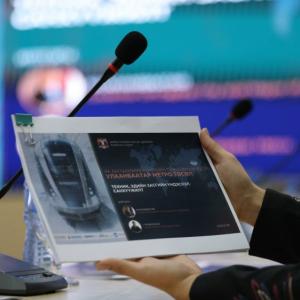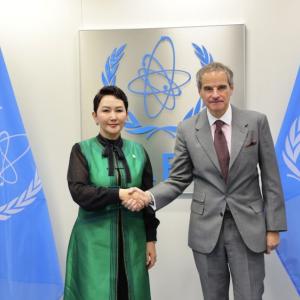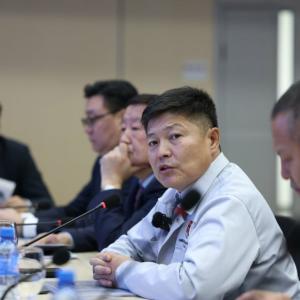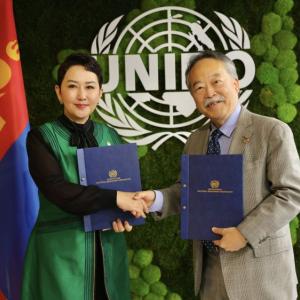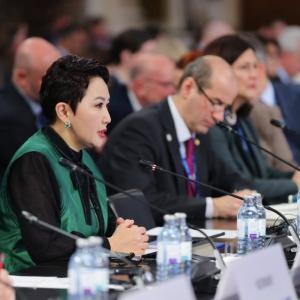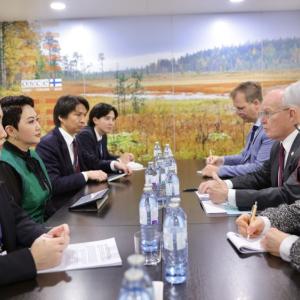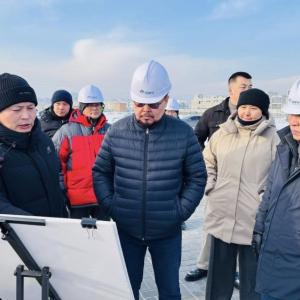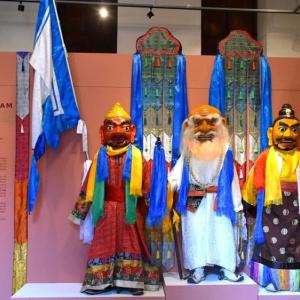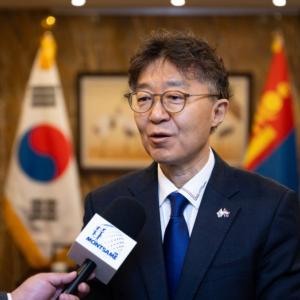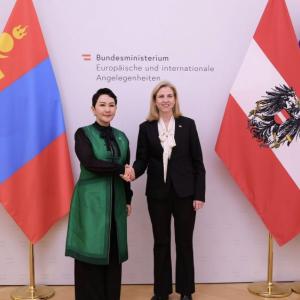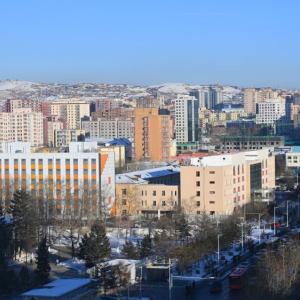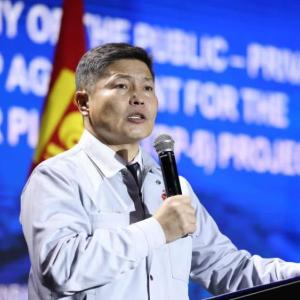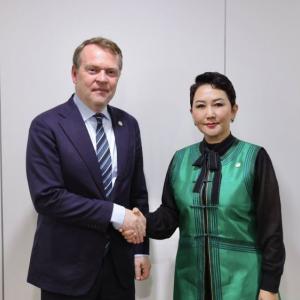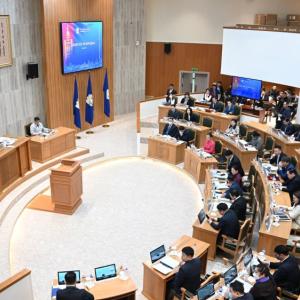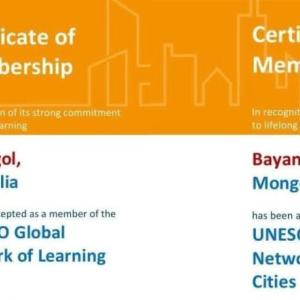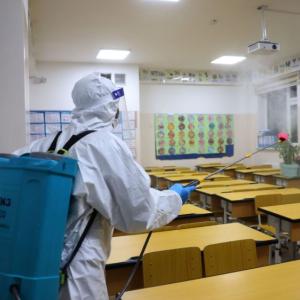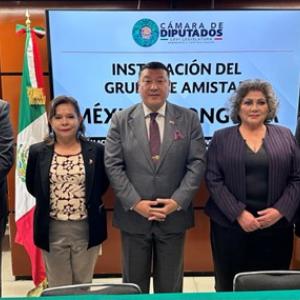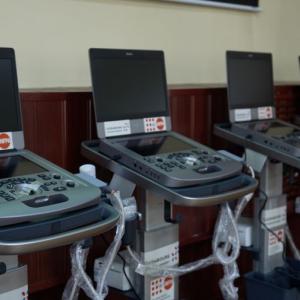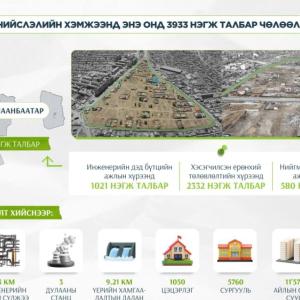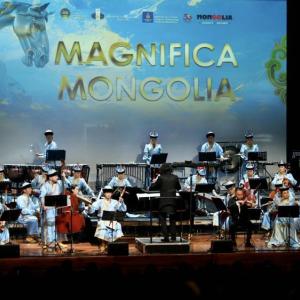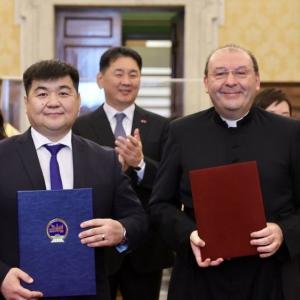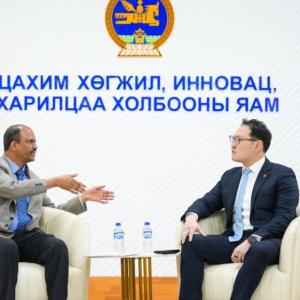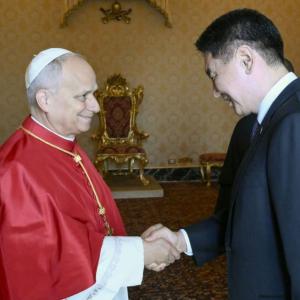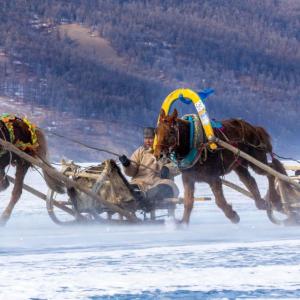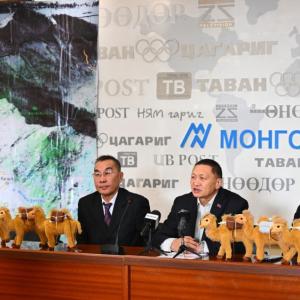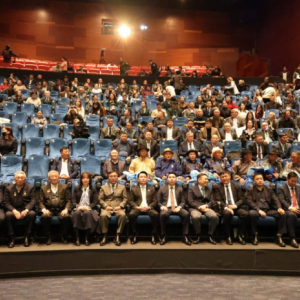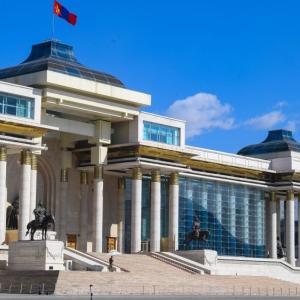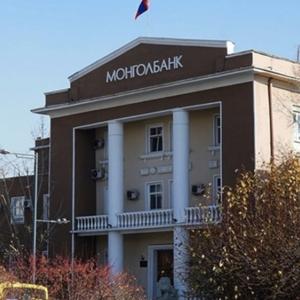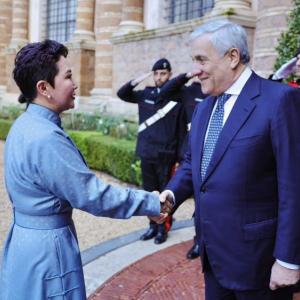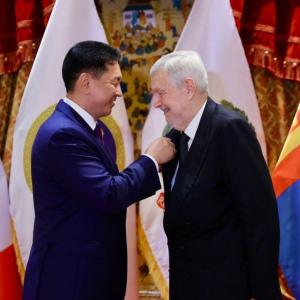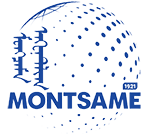Ch. Tserennadmid: Long-Term Cooperation with Australia Brings Sustainable Development and Progress
Interview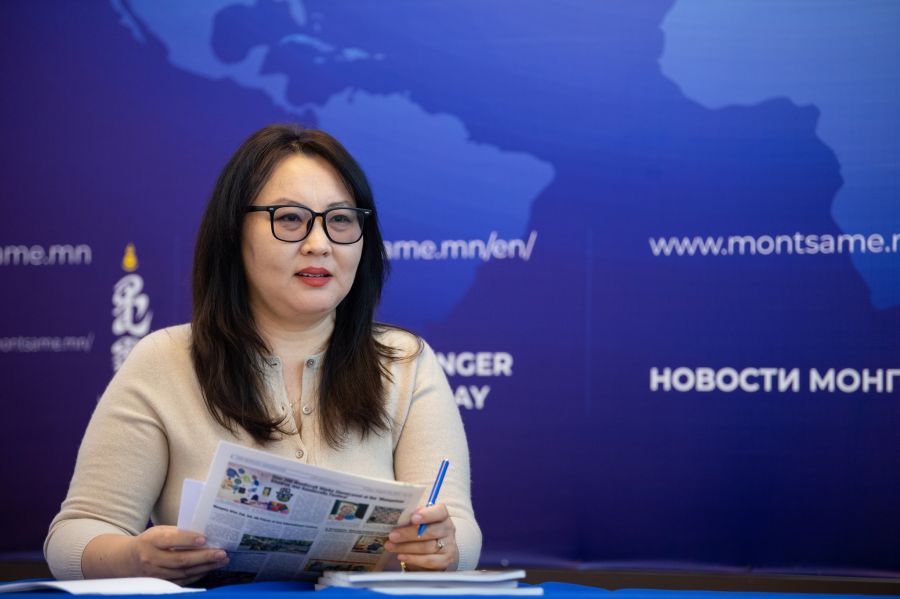
Ulaanbaatar, September 8, 2025 /MONTSAME/. On the occasion of the State Visit of Her Excellency Samantha Mostyn, Governor-General of the Commonwealth of Australia, to Mongolia from 4 to 9 September 2025, we held an interview with Dr. Tserennadmid Chuluunbaatar, Head of the Third Neighbour Studies Division at the Institute of International Studies of the Mongolian Academy of Sciences.
Our two
countries established diplomatic relations 53 years ago. Could you share some
background on the history of our relations?
Australia is one of Mongolia’s important third neighbours and key partners in
the Indo-Pacific region. Although Mongolia and Australia formally established
diplomatic relations on September 15, 1972, bilateral ties truly began to
develop in the early 1990s, when Mongolia transitioned to democracy and a
market economy.
In particular, from 1993-1994 onwards, relations became more active, and by mutual agreement, the two sides began cooperation in areas such as the mining sector management, education, healthcare, water supply improvement, and strengthening human resource capacity. Over time, people-to-people ties expanded, and political dialogue steadily intensified.
How do you
characterise the nature of bilateral relations? Which areas have been central
to our cooperation?
Over more than half a century, Mongolia-Australia relations have grown and
expanded through the joint efforts of both sides. Australia is notable as one
of the countries that supported Mongolia’s democratic transformation from the
very beginning.
Since the late 2000s, when both countries opened embassies in each other’s capitals and established business councils and other public organisations, bilateral ties have developed not only in the fields of mining and mineral resources but also in social, humanitarian, cultural, and educational sectors.
Our partnership has not been confined to bilateral ties alone. Mongolia and Australia have actively cooperated on regional and international matters, including security and peacekeeping. For example, Australian security scholars and experts have actively participated in the “Ulaanbaatar Dialogue” and the “Khaan Quest” peacekeeping exercises.
Trade and economic cooperation between the two countries has also grown year by year. In 2023, total bilateral trade reached USD 388 million, of which Australia’s exports accounted for USD 373 million. It is important that we expand trade in the other direction as well, increasing the types and volumes of Mongolian exports to Australia. Beyond mining and heavy industry, we should focus on strengthening cooperation in agriculture, food, telecommunications, tourism, and other light industry and service sectors.
In business and
investment, the mining sector is often cited as a key area of cooperation. This
has brought investments, but has it also provided Mongolia with accumulated
experience and knowledge?
Many Australian companies hold a significant position in exploring and
developing Mongolia’s mining and mineral resources sector. At the same time,
during their operations in Mongolia, these companies have contributed new
standards and approaches in fields such as technological innovation, human
resource development, skills training, environmental protection, social
responsibility, and safeguarding the welfare of local communities.
Mineral exports have long been the main driver of Mongolia’s economic growth, and this trend is expected to continue in the near future.
Therefore, long-term cooperation with Australia will, both directly and indirectly, create jobs, build knowledge and expertise, and bring sustainable development and progress to Mongolian society.
However, it must be noted that Mongolia’s economy remains closely tied to fluctuations in mineral and commodity prices, as well as to international relations, geopolitical changes, and challenges. Having abundant mineral resources alone does not guarantee development. Hence, we must also learn from Australia’s experience as a mining-based economy—its strengths and weaknesses, the risks it faced, and how it overcame its challenges.
Under
the initiative of the President of Mongolia, the national movement “White Gold”
is being implemented. Australia is seen as a country with which Mongolia could
cooperate in building human resources for the light industry sector,
introducing innovative technologies, and advancing production and services.
From a researcher’s perspective, what is your view?
Our country seeks to consistently uphold the principles of democracy and human
rights, while the majority of our population consists of children and youth. In
this sense, Mongolia has focused on educating young people and investing in
their knowledge and skills development.
In recent years, Australia has supported not only the mining sector but also programmes to build human resources in agriculture and light industry, as well as youth employment initiatives promoting gender equality. In particular, youth employment in the agricultural sector and capacity-building programmes to enhance knowledge and skills have been carried out in cooperation with local administrations and civil society organisations.
For instance, in recent years, joint programmes with the Mongolian Red Cross Society and the National Emergency Management Agency have been organised to strengthen the resilience of local communities against natural disasters, as well as training courses to provide skills for women engaged in agriculture. Therefore, I believe that in the coming years, our cooperation with Australia in these areas will become increasingly stable, productive, and mutually beneficial.
Looking ahead,
in which fields could Mongolia and Australia further expand cooperation? In
particular, what potential areas do you see that are not frequently mentioned?
What are the commonalities and strengths of our two countries?
Mongolia and Australia share many similarities and common features, including
vast territory, low population density, and abundant natural resources.
However, both countries are also highly vulnerable to the impacts of climate
change, facing shared challenges such as droughts, floods, wildfires, extreme
cold or heat, and the need to overcome the risks and consequences of these
phenomena. Mongolia, in particular, is a country with scarce water resources
and a high vulnerability to climate change. Therefore, it would be vital to
adapt Australia’s advanced standards and experience in environmental and social
protection to Mongolia’s specific circumstances.
In the area of energy diversification, Mongolia has already begun working with Australian companies. For example, there has been progress in cooperation on coal-bed methane gas and green hydrogen exploration. If this partnership expands, it will create tremendous opportunities for both domestic consumption and export potential in Mongolia.
Beyond these sectors, I also expect greater cooperation in the social field. Collaboration with Australia would be of great importance in strengthening healthcare, expanding employment opportunities for persons with disabilities, increasing equal access to education for children with diverse needs, and implementing training programmes to develop gender-inclusive human resources in agriculture and light industry. While many initiatives have already begun, we hope to see the implementation of larger-scale, long-term projects that will yield sustainable outcomes.
What are your expectations from the State Visit of the Governor-General of the Commonwealth of Australia to Mongolia?
This State Visit by the Governor-General of Australia, the first in more than 30 years, is expected to be a historic milestone that will bring significant progress to bilateral relations. The main substance and outcome of the visit will likely be to elevate the partnership that has developed under the framework of an “Expanded Partnership” and to deepen cooperation at both the regional and international levels.
Furthermore, during this visit, the Governor-General is set to review projects and programmes currently being implemented in Mongolia with Australian support and to hold a number of important meetings and discussions with representatives of the business sector.
 Ulaanbaatar
Ulaanbaatar








